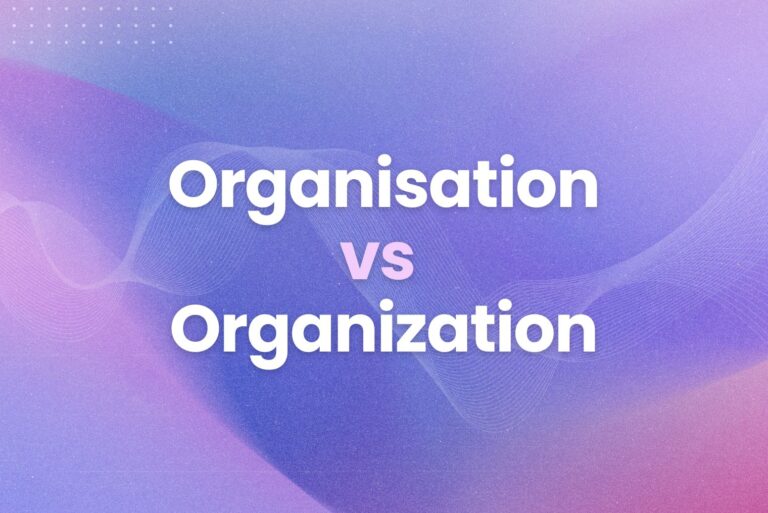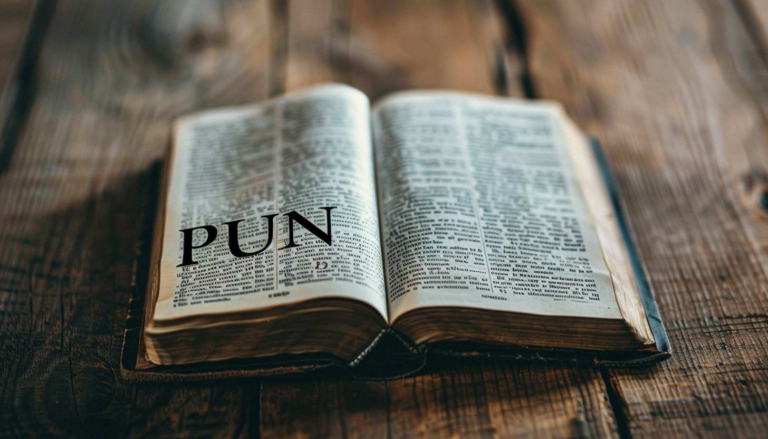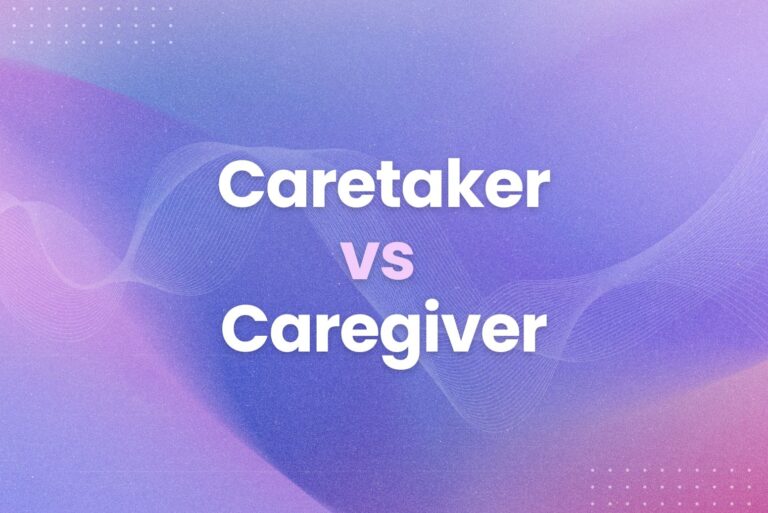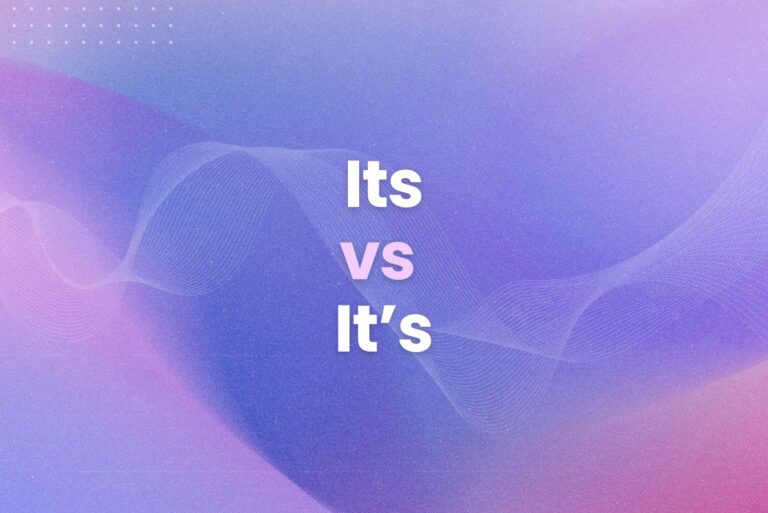Port vs Starboard: A Beginner’s Guide to Boating Terminology
Imagine shouting directions on a boat, only to send it veering in the wrong direction. Consequently, confusion between port and starboard can lead to costly mistakes on the water. This guide clears up the nautical jargon. It ensures smooth sailing for everyone, from first-time cruisers to seasoned sailors. Knowing the difference between port vs starboard is crucial for clear communication at sea. Therefore, this post provides a simple breakdown of these essential terms. In short, we cover:
- Defining port and starboard.
- Memory tricks to distinguish between them.
- The historical origins of these nautical terms.
- Common boating terminology related to direction.
Let’s get started.
Defining Port and Starboard
Port and starboard are fundamental terms in boating. In other words, they describe the left and right sides of a vessel. But, it’s essential to define these sides relative to the vessel itself. For example, imagine you’re standing on the boat, facing forward (toward the bow). Consequently, port is always on your left. Similarly, starboard is always on your right.
To clarify, these terms never change, regardless of which direction the boat is facing. That is to say, even if the boat turns 180 degrees, port remains on the left, and starboard stays on the right. This consistency is crucial for clear communication and safe operation. For instance, if someone shouts, “Turn to port,” everyone on board knows exactly which way to turn the wheel.
Furthermore, these terms are used universally in maritime settings. Therefore, whether it’s a small sailboat or a massive cargo ship, port and starboard have the same meaning. In short, they provide a consistent language for direction at sea.
Memory Tricks to Distinguish Between port vs starboard
Remembering which side is port and which is starboard can be tricky at first. However, we have some super helpful memory tricks to help you out:
- Port and Left: Both words have four letters. Therefore, this simple link can help you remember that port is the left side. Easy peasy.
- Red Port Wine: Think of red port wine. Consequently, since port is the left side, and port lights on ships are traditionally red, this connection reinforces the association. This works even better with the saying, “There’s some red port left.”
On the other hand, there isn’t a similarly neat trick for starboard. But, if you nail down the trick for port, you automatically know that the other side is starboard. Furthermore, some folks remember it as “starboard is on the starboard side,” as the captain often steered from this side, using the stars for navigation.
To clarify, these memory aids are just tools. Therefore, the more you use the terms, the easier they’ll become. In short, practice makes perfect—so get out there and start using them.
The Historical Origins of These Nautical Terms
Ever wonder why we use such strange words? The history of “port” and “starboard” is pretty interesting. It takes us back to the days of Viking longships. Consequently, these early seafarers steered their vessels with a large oar on the right side of the ship.
This steering oar was called the “steerboard.” Therefore, since it was on the right, that side became known as starboard. In addition, because the steerboard was on the right, ships would typically dock with their left side to the pier. This made loading and unloading easier.
Furthermore, this left side became known as the “larboard” side. However, “larboard” sounded a bit too close to “starboard.” As a result, this could cause confusion during noisy or stressful situations. Therefore, to avoid any mix-ups, they changed “larboard” to “port” – referencing the port side where ships docked.
In short, the terms “port” and “starboard” have stuck around for centuries. After that, they’ve become a fundamental part of nautical language. Similarly, many other nautical terms have fascinating historical roots. As a result, understanding these origins can add a deeper appreciation for seafaring traditions.
Common Boating Terminology Related to Direction
Knowing port and starboard is a great start. However, there are other important terms related to direction on a boat. Therefore, let’s explore a few more essential pieces of nautical vocabulary:
- Bow: This is the front of the boat. Think of it as where the boat bows to the waves.
- Stern: This is the back of the boat. It’s the opposite of the bow.
- Ahead: This means forward, in the direction of the bow.
- Astern: This means backward, in the direction of the stern.
- Abeam: This means at right angles to the boat’s centerline. So, something abeam to port is directly to the left, and something abeam to starboard is directly to the right.
For instance, if the captain says, “There’s a buoy abeam to port,” you know to look directly to the left. Using these terms correctly ensures clear communication on board. Similarly, knowing these terms can make you feel more confident on the water.
Moreover, understanding these terms makes reading nautical charts and navigation instructions much easier. Therefore, they’re important for any boater, from casual day-trippers to serious sailors. In short, mastering these terms enhances safety and enjoyment on the water.
Pro Tip: If you’re ever unsure about a nautical term, don’t hesitate to ask. There are no silly questions when it comes to safety at sea. And, of course, you can always use Arvin. This handy AI browser extension is great for quickly looking up definitions and ensuring your writing is shipshape.
Smooth Sailing with Arvin by Your Side
Port and starboard, along with other nautical terms, might seem daunting at first. However, with a few memory tricks and a bit of practice, you’ll be speaking like a seasoned sailor in no time.
Now, let’s recap the key takeaways on port vs starboard:
- Port is the left side of the boat.
- Starboard is the right side of the boat.
- The bow is the front, and the stern is the back.
- “Red port left” is a helpful memory aid.
- Clear communication is essential for safety on the water.
Writing about your nautical adventures? Making sure you use the correct terminology is important, especially when sharing your experiences with others. With Arvin, you can ensure your writing is always shipshape. This AI-powered browser extension can instantly define nautical terms, check your grammar, and even translate text. So, hoist the sails and write with confidence, knowing Arvin has your back.
FAQs
How do you remember port vs starboard?
Several memory tricks can help. One popular method is remembering that “port” and “left” both have four letters. Another is the rhyme, “Is there any red port left?” referencing the red port side light. These visual and verbal cues can solidify the connection.
Why is starboard right and port left?
This goes back to the days of Viking ships. They steered with a large oar on the right side, which became known as “steerboard” (eventually “starboard”). Because the steering oar was on the right, they docked on the left, which became the “port.”
Why is starboard better than port?
Neither side is inherently “better.” Starboard was historically significant because of the steering oar. However, in modern boating, both sides are equally important for navigation and safety.
Is the starboard front or back?
Starboard refers to the right side of the boat, not the front or back. The front of the boat is the bow, and the back is the stern. Therefore, starboard is always on the right, regardless of whether you’re facing the bow or stern.





